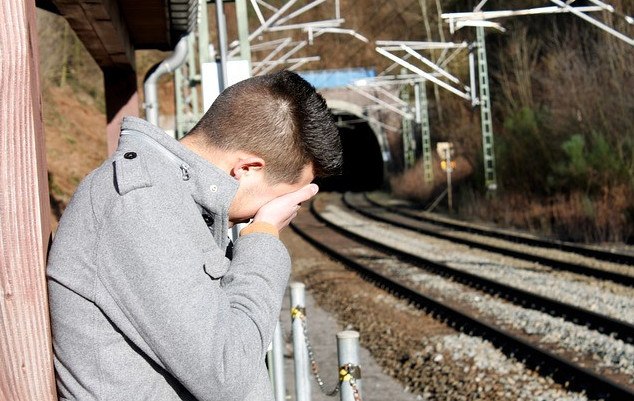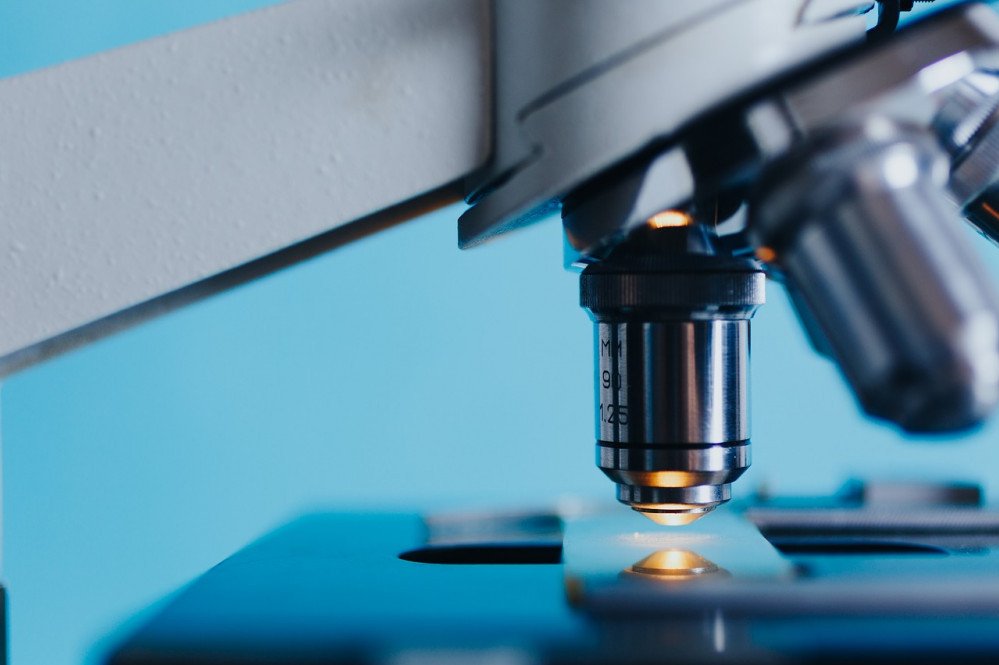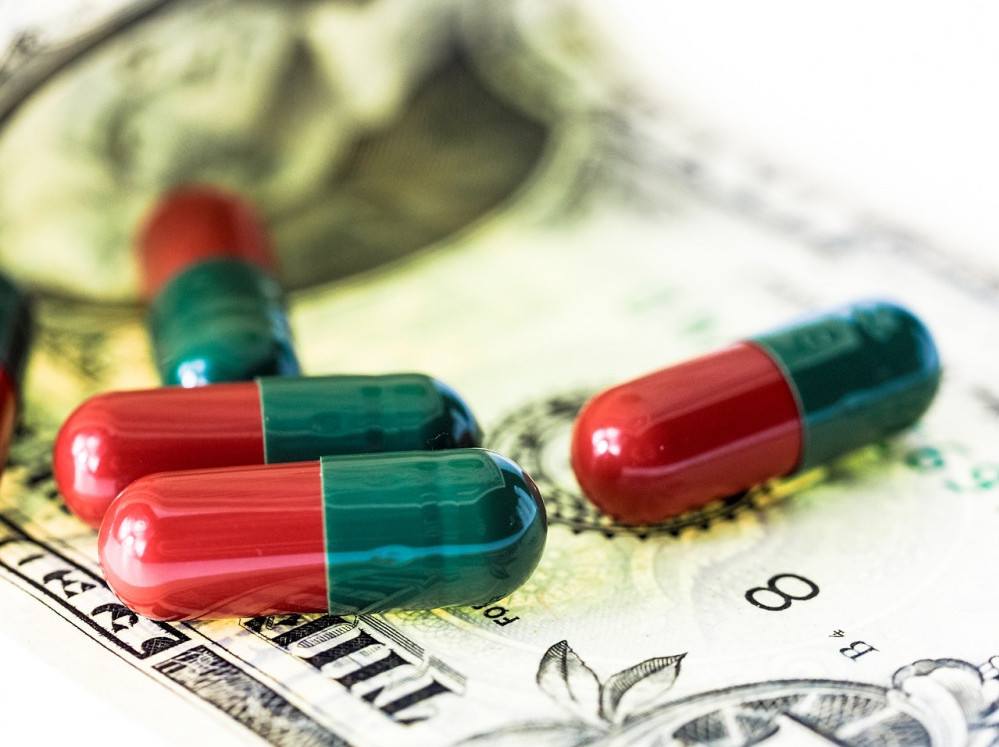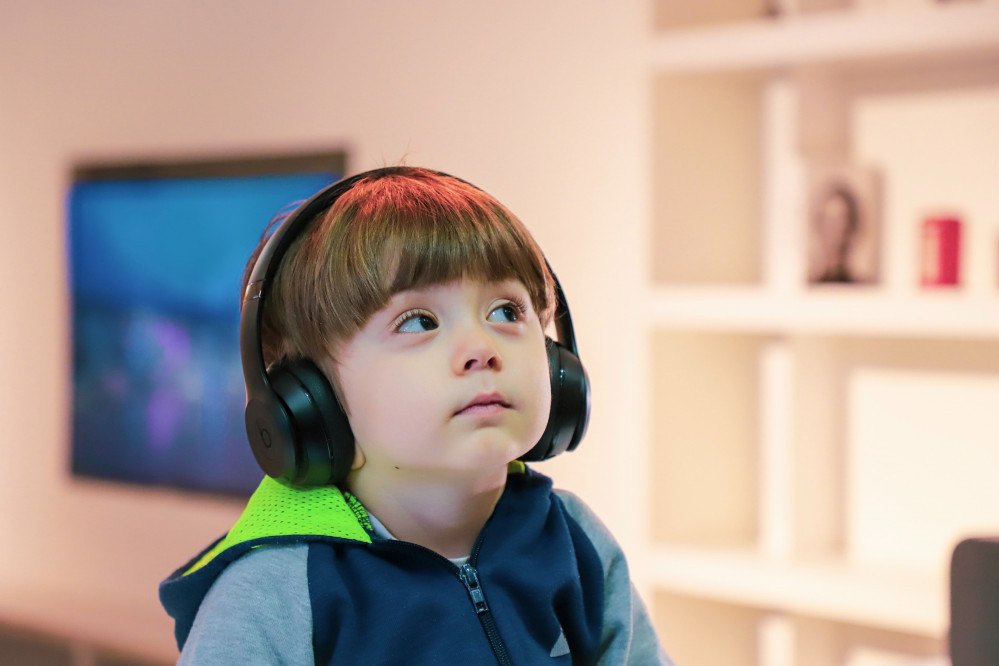Studies are showing that CBD does help with anxiety, especially with the number of adults using it every day for that purpose. However, is it safe to give CBD to Kids with Anxiety? Here we will discuss the statistics on anxiety, the symptoms in kids, studies and clinical trials, presently prescribed drugs and side effects, the global costs of prescription drugs and alternative treatments, and most importantly, whether CBD for kids is safe.
Statistics
Reflecting a period from 2016 to 2019, the following statistics are given for kids aged 3 – 7 years who suffer from Anxiety, ADHD (Attention-Deficit/Hyperactivity Disorder), Behavioural Issues, or Depression.
- Anxiety – 5.8 million
- ADHD – 6 million
- Behavioural Issues – 5.5 million
- Depression – 2.7 million
These figures are just in the U.S.!
One study stated that kids with anxiety and depression more than doubled around the world during the pandemic.
This is very serious!
Symptoms of Kids with Anxiety

Sometimes it is hard to recognize that a child may be overly anxious because it is quite normal for them to feel this way. However, if these signs persist then there may be a reason for alarm. Some common symptoms of kids with anxiety include but are not limited to:
- Poor concentration
- Bursts of out-of-control anger
- Sleeping issues
- Eating issues (not eating properly)
- Excessive crying or worry
- Negative thoughts
- Complaints of aches or pain, not feeling well
- Separation from family and friends
- Clingy
- Constant fidgeting or restlessness
Studies and Clinical Trials
Researchers at the Stanford University School of Medicine did a study suggesting that children have larger fear centres (amygdala) in the brain. If these fear centres are altered during childhood, this could have a bearing on the development of anxiety issues.
This study was done on 76 children between 7 – 9 with MRI (magnetic resonance imaging) scans. It was discovered that those children who had enlarged fear centres (amygdala) had higher levels of anxiety.

One ongoing clinical trial is focusing on early intervention and prevention for kids with anxiety, ages 8 – 12. This involves reducing the symptoms and teaching them how to develop skills to help them feel good about themselves and have a better life.
Another clinical trial focuses on the effects of a drug called fluvoxamine (serotonin reuptake inhibitor that is FDA-approved) to treat children (6 – 17 years) with anxiety disorders. It has shown favourable results. The children are evaluated for 3 weeks and then given either fluvoxamine or a placebo for 8 weeks. The child can then determine if he or she wants to stay on the drug. The parents are aware of which method is being administered to their child.
Presently Prescribed Drugs
So how are kids being treated?
DRUGS AND SIDE EFFECTS
Selective Serotonin Reuptake Inhibitors (SSRIs)
SSRIs are drugs typically used to treat anxiety and depression. They work by limiting or blocking the reabsorption (reuptake) of the neurotransmitter known as serotonin. Although it is widely used it has been suggested that side effects outweigh the efficacy of these drugs.
Side effects: suicidal tendencies, agitation, diarrhea/constipation, eating issues, dizziness, dry mouth, blurred vision, nausea, profuse sweating, and headache (less common: violence, decrease in bone density, abnormal bleeding).
SSRIs include:
- Citalopram (Celexa)
- Escitalopram (Lexapro)
- Fluoxetine (Prozac)
- Paroxetine (Paxil, Pexeva)
- Sertraline (Zoloft)
- Fluvoxamine – FDA-approved (Luvox, Dumirox)
Serotonin-Norepinephrine Reuptake Inhibitors (SNRIs)
SNRIs are drugs that are typically used to treat anxiety in teenagers. These work by inhibiting the reuptake of serotonin. They can have similar side effects to SSRIs.
SNRIs include:
- Cymbalta (duloxetine)
- Effexor (venlafaxine)
- Fetzima (levomilnacipran)
- Pristiq (desvenlafaxine)
- Savella (milnacipran)
Side effects: Similar to SSRIs including difficulty urinating and tiredness.
Benzodiazephines (Benzos)
Benzos are not commonly prescribed and are recommended for only a short duration due to their addiction potential. They lower brain activity.
Benzos include:
- Ativan (lorazepam)
- Klonopin (clonazepam)
- Valium (diazepam)
- Xanax (alprazolam)
Side effects: addiction, withdrawal symptoms, aggressive behaviour, drowsiness, dizziness, poor concentration, decreased alertness, depression.
Tricyclic Antidepressants
These are sometimes used to treat anxiety. They balance the chemicals in the brain that affect our moods and emotions. Even though FDA-approved, the side effects are quite severe.
Tricyclic Antidepressants include:
- Clomipramine (FDA-approved for OCD)
- Tofranil (imipramine)
- Pamelor (nortiiptyline)
- Norpramin (amitriptyline, doxepin, desipramine)
Side effects: drowsiness, dry mouth, constipation, blurred vision, difficulty urinating, drop in blood pressure, weight loss/gain, profuse sweating, shakes
Global Cost of Drugs
Nearly 10% of filled prescriptions are for anxiety or depression in the U.S. (northeast, midwest, south, and west).
According to a study by the World Health Organization (WHO), it is estimated that one trillion dollars annually is what it costs the global economy for depression and anxiety.

According to a pharma analyst (Magdalene Crabbe) at GlobalData, sales for drugs for depression and anxiety disorders were estimated to reach $27 billion by 2020. It is expected to reach $40 billion by 2025!
Alternative Treatments for Kids with Anxiety
Researchers and parents are looking at alternatives to pharmaceutical drugs to treat their kids with anxiety and depression.
THERAPY FOR KIDS WITH ANXIETY
Complementary and Alternative Medicine (CAM)
According to a National Health Interview Survey, there is evidence that CAM seems to be beneficial for kids with anxiety but more study needs to be done on this method. The characteristics of CAM were studied in children between the ages of 4 and 17.
It concluded that CAM was more popular among children suffering from mental issues such as anxiety than those who weren’t. The breakdown was as follows:
- Herbal remedies – 9.1%
- Mind-body therapies – 5.5%
- Chiropractic care (5.3%)
These methods were used by approximately 10 million parents of kids with mental issues because they are helpful, natural, and holistic. It also appears to be a prevalent method with children from higher education and income families.
THERAPEUTIC VIDEO GAMES
A review by Frontiers in Psychiatry was conducted to evaluate the results of using video games in treating and preventing disorders in children and teenagers. Randomized controlled trials were performed in 22 studies (14 with serious games and 8 with commercial games). A large number of studies (18) reported significant improvements.

The serious games are designed to teach kids numerous skills that can be used outside of this controlled environment.
It was concluded that this method was effective but more studies are needed to determine the sustainability of these games over time.
CBD (CANNABIDIOL)
What is CBD?
We know that CBD is one of 113 chemical compounds and one of the key ingredients found in the cannabis plant. It also makes up 40% of the plant’s extract. The other famous compound is THC which is responsible for the high or euphoric feelings associated with it.
CBD is used by those who wish to experience relief from a multitude of ailments such as pain, stress and anxiety, sleep issues, and much more, without the side effects of THC.
Side-effects of CBD
CBD, although mostly well tolerated, causes some side effects but not everyone experiences them. They can include:
- Drowsiness
- Dry Mouth
- Low blood pressure
- Interference with other drugs
- Diarrhea
It is always best to consult with a medical practitioner if you have concerns or are taking medication.
Is CBD Safe for Kids with Anxiety?
The World Health Organization has deemed pure CBD to be generally well-tolerated and shows no sign of potential abuse or dependence.
At present, CBD is approved for epilepsy. In 2018, the FDA approved Epidiolex, (an oral solution and purified marijuana derivative), for treating seizures associated with Lennox-Gastaut and Dravet Syndromes for kids 2 and over.
A review on Cannabidiol as a Potential Treatment for Anxiety Disorders found strong evidence that supports CBD for generalized anxiety and panic disorders as well as other behaviours such as OCD (obsessive-compulsive disorder) and PTSD (post-traumatic stress disorder). However, it is recommended that further study needs to be conducted on the use of CBD for anxiety disorders.
Research on Autism and anxiety is also proving to be promising. A study in 2018 on 60 children involved the treatment of oral CBD with THC (20:1 ratio). The results were as follows:
- behavioural outbreaks were improved in 61% of patients
- anxiety levels were improved in 39% of patients
- communication problems improved in 47% of patients
- disruptive behaviours were improved by 29% following treatment
The improvements were notably more so in boys. Side effects included sleep issues, irritability, and loss of appetite.
It was concluded that CBD is a promising treatment for behavioural problems in children with autism and leads the way for further double-blind studies.
Final Thoughts
Should We Give CBD to Kids with Anxiety?
The bottom line is that more study and research are still needed. Other than the approval of Epidiolex for children with epilepsy, the FDA has not approved any other products.
There is a lot to consider when administering CBD to kids. Because CBD is so readily available some important concerns come to mind –
- is it being purchased from a reputable company
- does it contain the amount of CBD that is indicated
- are there other ingredients added that could be harmful
- how much should you give to kids
- is the child on other medication which may cause adverse effects
As you can see, there are so many variables to consider.
Mary Ann shares her passion and personal experience with CBD and medical cannabis as well as the experiences of others. Do visit regularly to find out the ins and outs of CBD and medical marijuana products. If you are passionate about something and would love to share it on your own website, then click here to get started.

